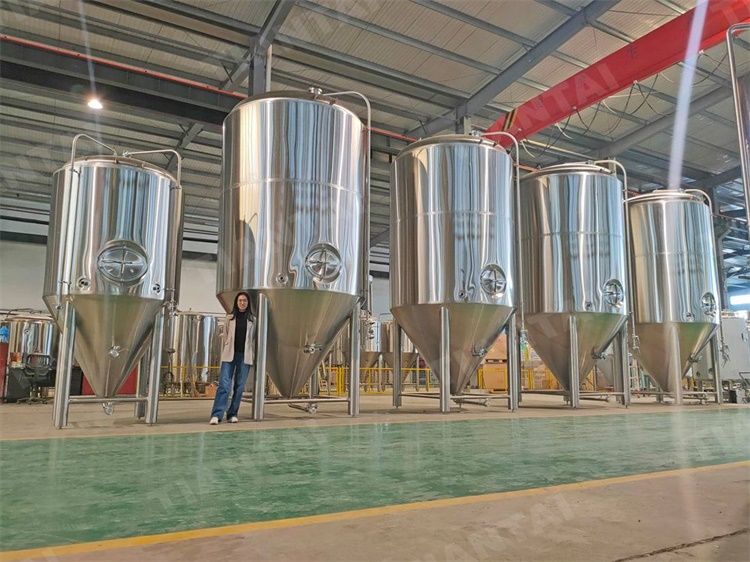Simplicity – A great beer recipe should use the ingredients needed to achieve the flavor profile desired and no more. Every ingredient should have a purpose, and anything extraneous to your goal should be eliminated. For example, almost all beer styles can be made with no more than a base malt and 1-2 specialty malts.
.jpg)
Balance – The finished beer flavors and aroma should be balanced along several dimensions – whether it is the hop-malt balance, aroma balance, gravity-alcohol balance, etc… This does not mean every beer is at the same point in the scale. For example an IPA would be decidedly on the hoppy side in terms of hop-malt balance. However, it should not be a hop bomb that is too bitter to enjoy, it should still have a balanced hoppy bitterness and aroma that is smooth and drinkable.
Ingredients Selected for Flavor and Aroma – Some people fall into the trap of using the “latest” hot hop or “chocolate” malt to give beer a chocolate flavor (hint: chocolate malt tastes nothing like chocolate). Like a good baker, you need to be very familiar with the flavors and aromas that come from various malts, hops and yeast so you can combine them properly.
Perfect Your Beer via Iteration – While variety in brewing is great, you can really only perfect a recipe by brewing it again and making small adjustments to see the results. So if you have a favorite style or brand, try brewing it, judge it and then adjust it to make it better.
Techniques that Support Your Beer- I look at brewing techniques the same way I look at tools in a toolbox. Everything from adjusting mash temperatures, mash pH, hop boil times, whirlpool hopping, water profiles, dry hop schedules, fermentation profiles and temperatures – these are all tools you can use to tweak the final results. For example adjusting mash temperature will change the fermentability of the wort and can lead to a full or light bodied beer. Knowing which techniques give which result can help you decide when to apply them depending on specific beer you are brewing.
[email protected]
Emily Gong




.jpg)

Get In Touch